Data recovery software has become a popular solution for accidentally deleted files and items lost due to crashes or system error. However, many people are not familiar with these programs and unsure how they work. In this article, you will know how your computer stores information so you will understand why the lost data can be got back.
In our daily life, many people don't know that the deleted files can be recovered, they think that the deleted files are not exist. In fact, the files are still in the hard disk, and you can get them back as long as you know the theory of data recovery. With the help of data recovery software, you can get back your lost data in just a few steps.
In order to understand how data recovery works, you first need to know how your computer stores information. Every bit of information on your PC, from saved files to your operating system itself, is recorded on your hard drive. The hard drive is essentially the memory of your computer.
Inside the hard drive are a few complex devices, primarily being the platters and the read/write heads. Platters are rapidly spinning disks, and there can be a few of these. They are similar to CDs in their general design. Platters store data though magnetic regions, which make up the binary code of information. With binary information, the magnetic fields can have two position only: 1 or 0. One of these positions is called a bit. Eight bits composes a byte, as in megabyte. Thousands of the magnetic regions record your information on the platters.
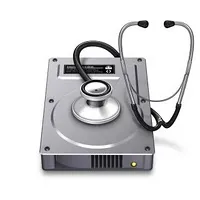 This magnetic information is detected and recorded by the read/write head. This is a finely tuned device which hovers just above the surface of the platter. It picks up the magnetic field, and sends the signal through the computer. The binary code is then converted into the file that you see as a picture, hear as a song, or interact with as a program. The same happens in reverse when you save a file - the information goes through your computer, is translated to binary code, and is recorded in magnetic regions on the platter by the read/write head.
This magnetic information is detected and recorded by the read/write head. This is a finely tuned device which hovers just above the surface of the platter. It picks up the magnetic field, and sends the signal through the computer. The binary code is then converted into the file that you see as a picture, hear as a song, or interact with as a program. The same happens in reverse when you save a file - the information goes through your computer, is translated to binary code, and is recorded in magnetic regions on the platter by the read/write head.
Besides hardware malfunction, most data loss is causes by software malfunctions or mistakes, such as accidentally erasing a file, emptying a recycle bin, formatting a disk, and so on. Virus and system crashes can also cause data to be erased. In these circumstances, the binary magnetic information that makes up a file is not lost. Instead, just the icons, references, and file names are removed. As a result, the user is unable to access their file, but the data remains on the platters. This is due in part to the design and function of a hard drive - when a file is deleted, the information remains on the hard drive until new information takes its place. When new information is saved over top of old, this is known as overwriting.
A data recovery program makes the read/write head detect all information on the platters, even where the computer seems to show that there is no information. This allows the program to pick up on the magnetic regions of deleted information. This information is then analysed, the file type is determined, and the file is reconstituted on the computer. The user can then interact with the file just as before.





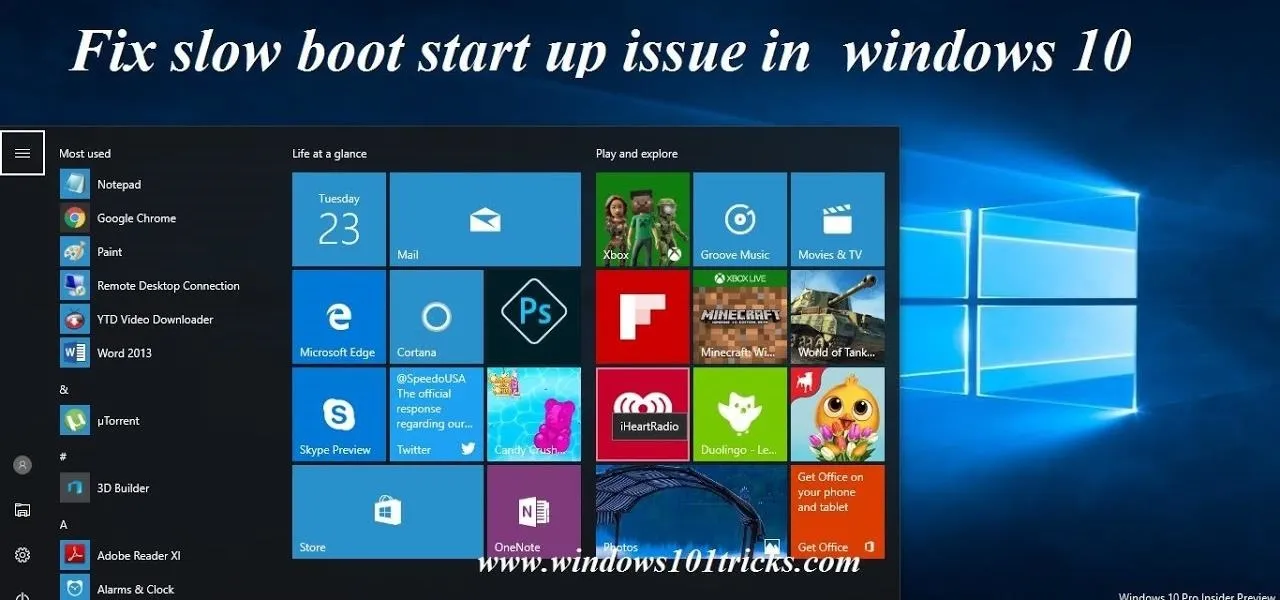


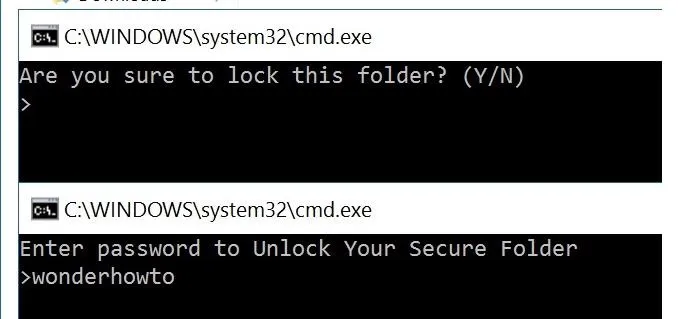

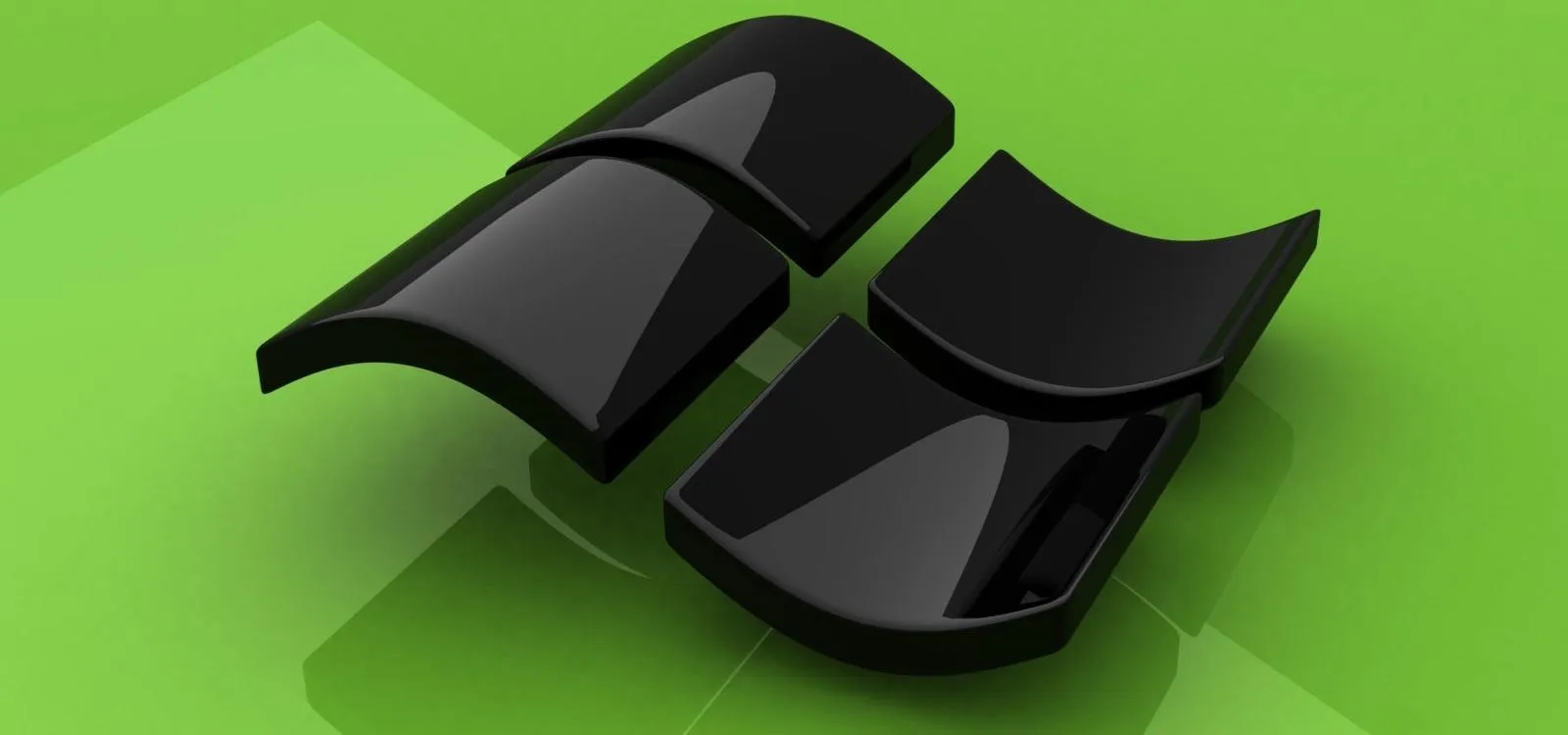


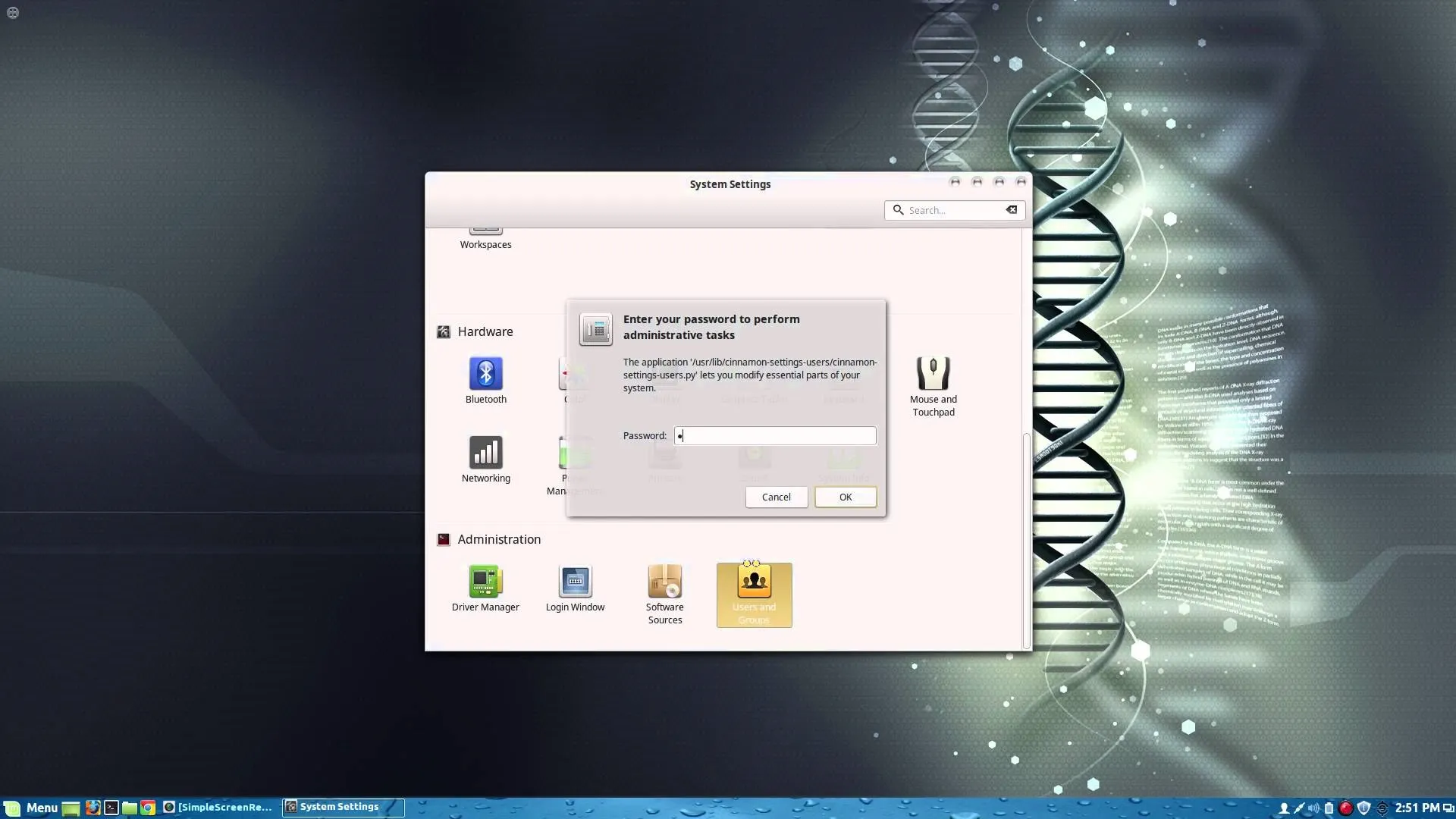
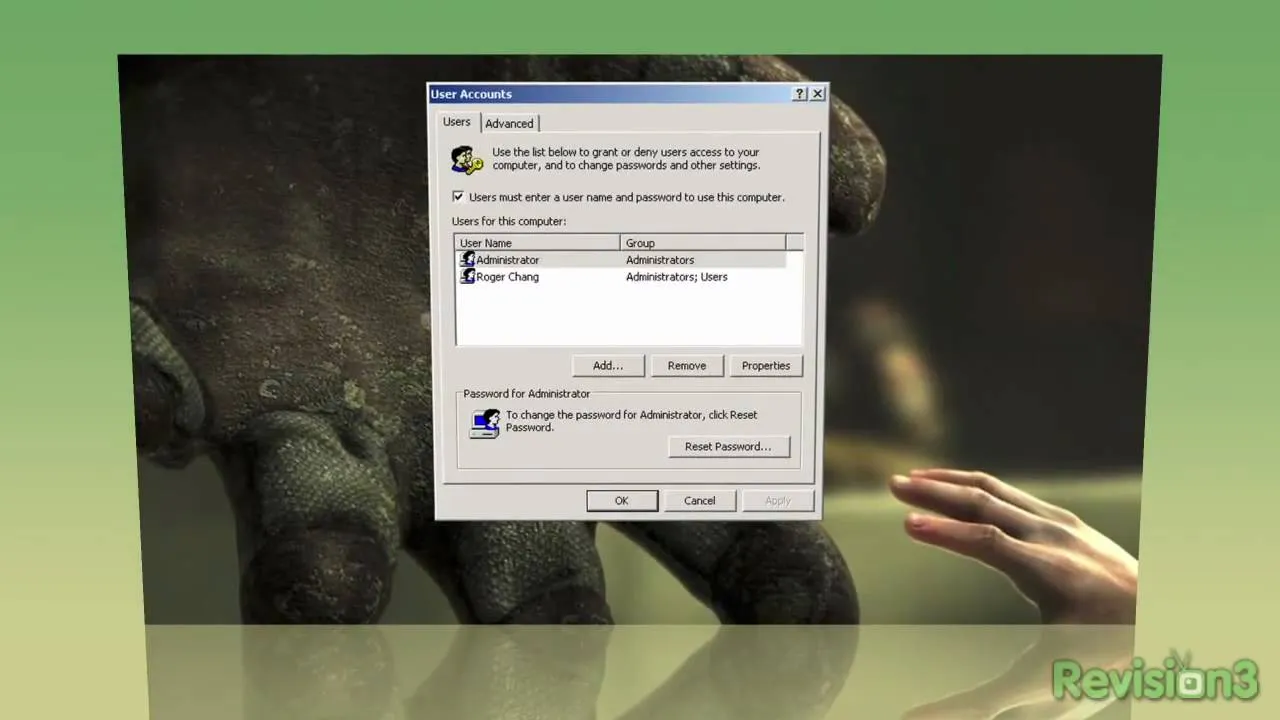

Comments
Be the first, drop a comment!